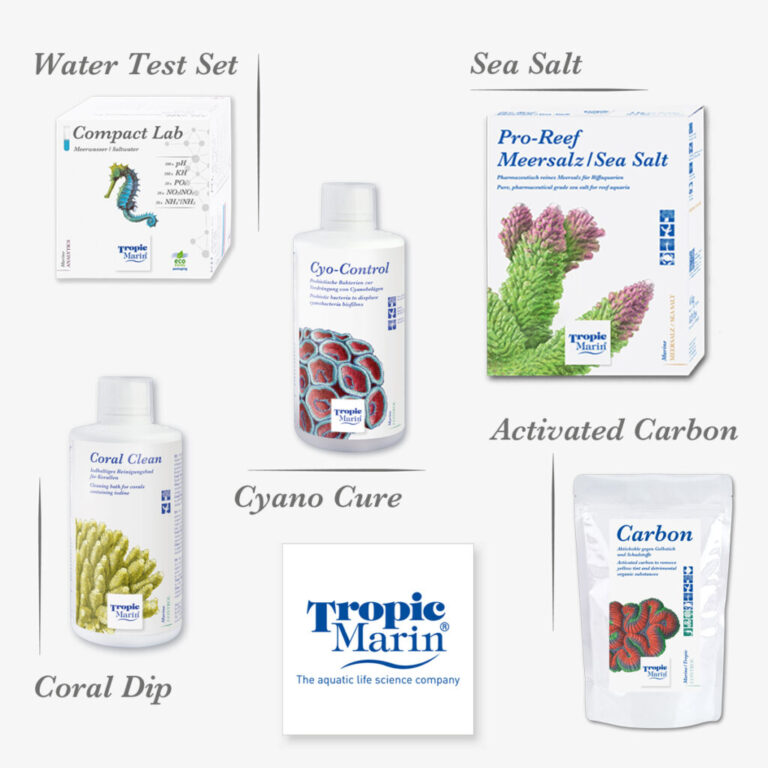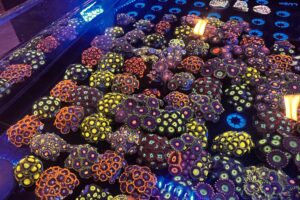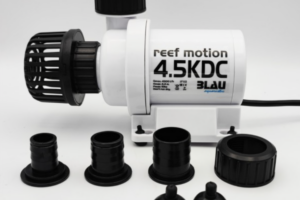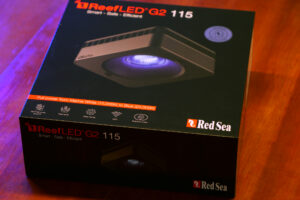Perfect emergency cupboard for reef tank
Having a good hardware on your tank is very important, but having some extra products and technical elements in a cupboard can save you from some bad situations. Everyone has his own experiences and preferences, but here are some things we advise to have within reach when something goes wrong.
Article sponsored by
Tests kits
They are part of the daily/weekly life of reefkeepers. We advise to have the basics:
- Main minerals for skeleton growth: calcium, alkalinity and magnesium
- Nutrients, Nitrates and phosphates, as they are essentials to feed corals, but must be managed as they can also lead to unwanted algae outbreaks.
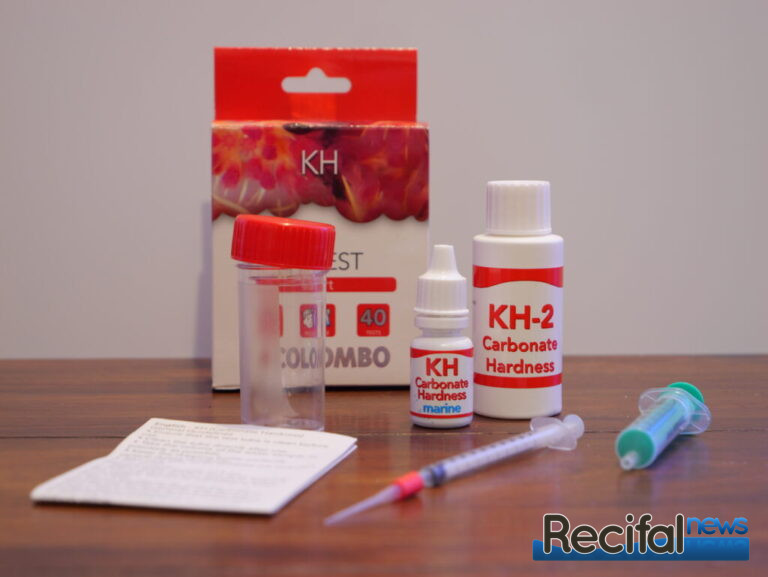
Keep an eye on their expiration date and renew them when needed. An outdated test is not reliable.
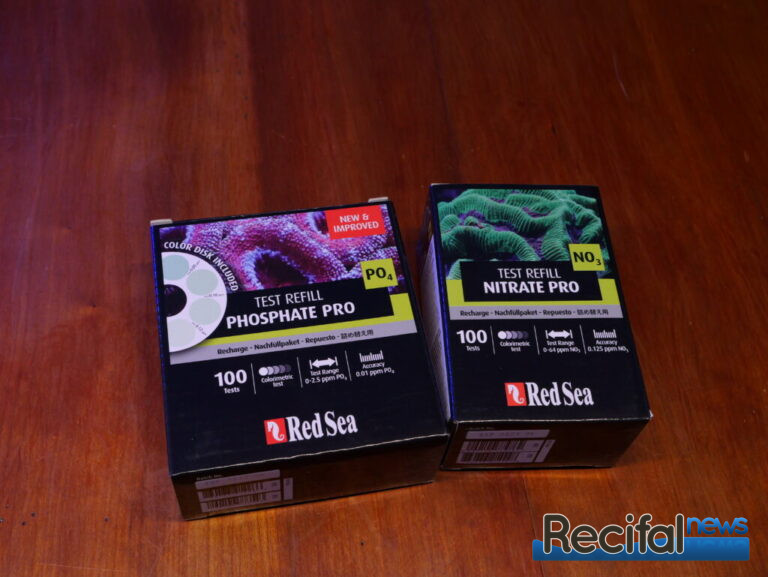
In addition to these test kits, we also consider safe to have an ICP test. By sending a water sample to a lab, they give you a full laboratory grade analysis with dozens of elements. They can be part of the routine to maintain your tank by doing it monthly or every 2/3 months for example but can also be done promptly when you see a problem in your tank.
Salt mix

Whether you do regular water changes or not on your maintenance, it is always good to have enough sea salt to do a big water change (50% or more). It can save a tank after a pollution or intoxication (house cleaning product, excessive food, fish or sea cucumber toxins…). This big water change helps to export the problem but does not solve its cause.
Filtration media and resins
A fish tank is a closed system. You must export the pollution produced by the tank inhabitants or added by external sources: food, bad quality hardware, bad quality water. For this, you can use filtration media or resins:
- Mechanical filtration wool to export particulate pollution
- Activated carbon to export fine particles, toxins and meds
- Resins or solutions to reduce nitrates/phosphates. If you don’t have them under control, some corals can suffer from too high NO3 and PO4. Having some reducing solution in the cupboard allows you to start quickly but slowly to reduce them.
Filtration wool, activated carbon and phosphate remover.
Cures
Even if we avoid treatments as much as we can, it is sometimes good to act as soon as possible in some cases. First of all, check if the product you have is reef safe!
One of the most recurrent problems in reef tanks is ich, or white spot disease, and white velvet. They are fish disease due to parasites and usually induced by stress. To reduce risks, you can quarantine your new fish in a separate tank, treat them in it, observe them after it and put them after in your main tank. But if you have Ich/velvet in your main tank, a reef safe cure can be enough to avoid losses.
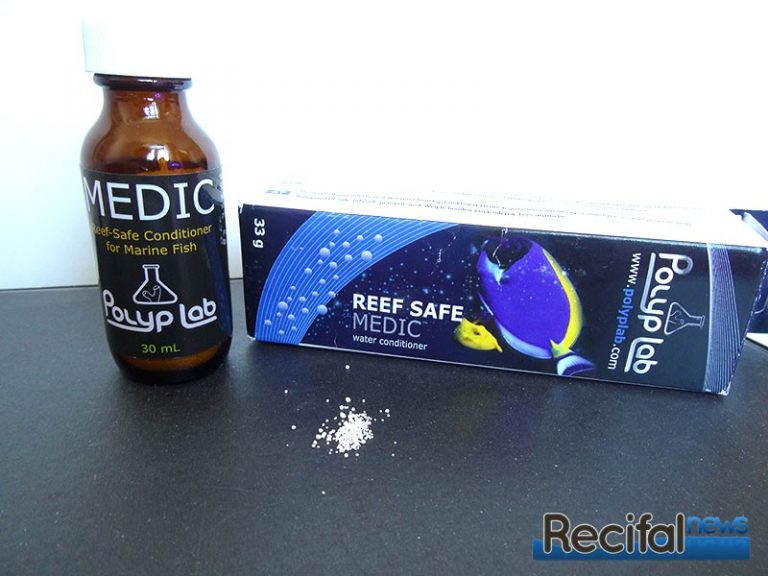
Another must-have product is a coral dip. New corals can have some hitchhikers, bacteria and parasites. Before adding them to your tank, it is recommended to dip them. It simply consists in adding some coral dips drops in a container with water from your tank, put the new corals in it a few minutes, rinse them and they are ready for your tank.
Removing their plugs also reduces the risk to import bad things to your tank.
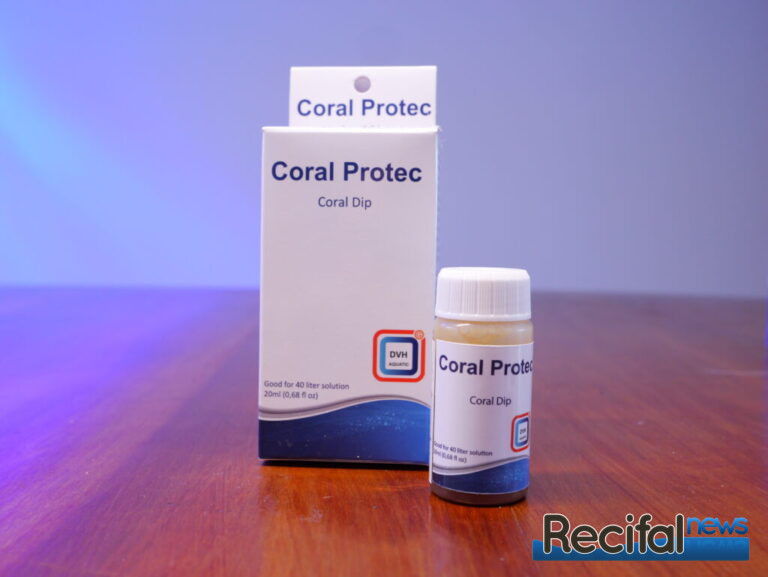
It is more and more common to see marine tanks overwhelmed by hairy and Bryopsis algae. As they don’t have effective eaters, and they are able to thrive in either low nutrients or high nutrients systems, adding more grazers or playing with nutrients levels is ineffective. But a Brazilian doctor found a solution: fluconazole treatment. It is reef safe and acts within few weeks.
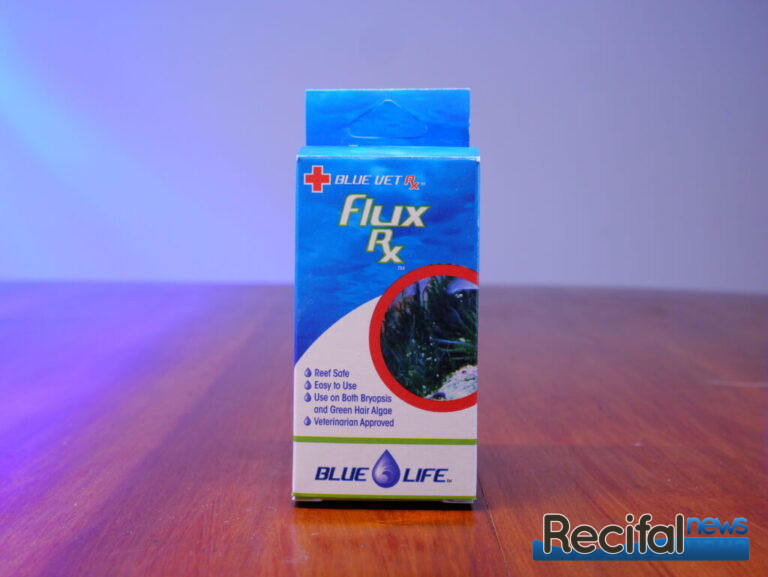
Another algae-based struggle is cyanobacteria. Adjusting water flow and nutrients level can be enough, but if you see them covering your corals and invade the whole tank, a cure can help you to eradicate them and give you some time to find the cause.
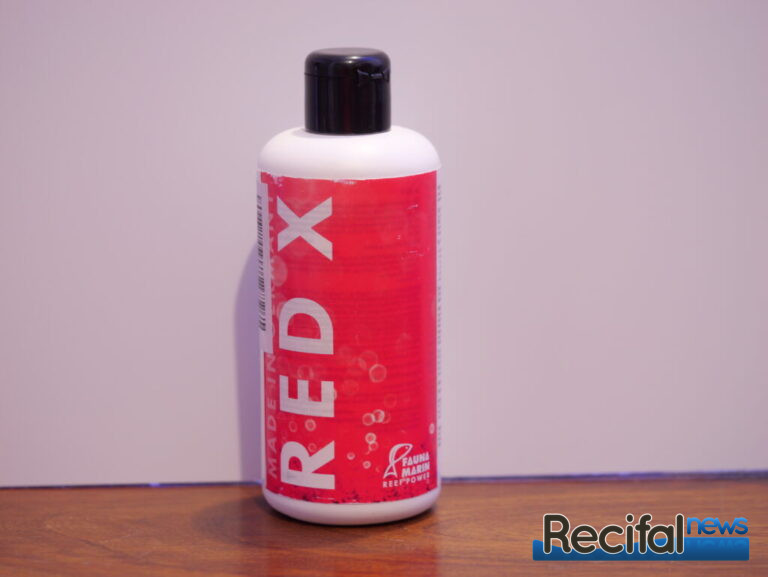
Technical hardware
We are never protected from a hardware breakdown or power failure, and it is always comforting to know that we have spare solutions in the cupboard.
Whereas corals can survive a few days from a light breakdown, water movement is more important for them. Indeed, this movement allow them to expel their metabolic waste and bring them minerals and food. That is why it is advised to keep a spare wavemaker to replace a defective one in the tank.
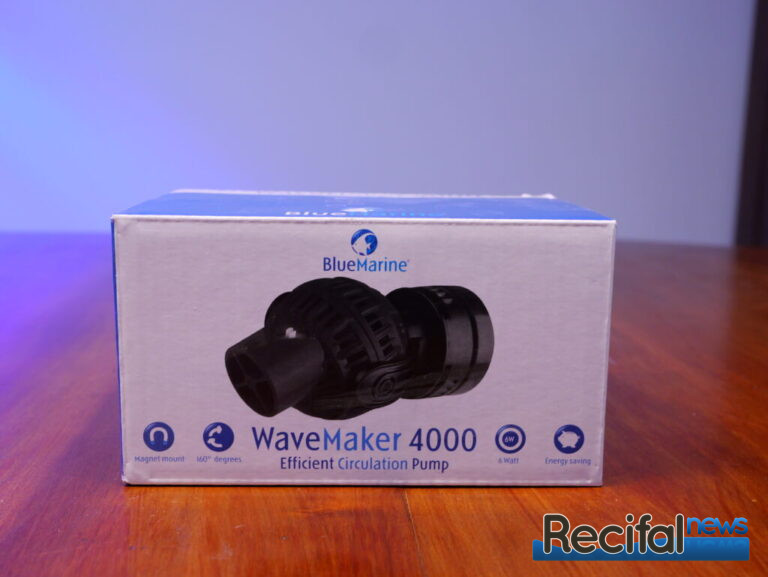
For the same reason, but in case of a power failure, having a battery charging thanks to small mobile solar panels can save your tank. Use it for one wavemaker, and if the temperature goes below 22°C during several days, add the heater setup on this temperature on it.
Another cheaper solution is air pump using battery. Autonomy is of course lower, and you may need several according to your tank size. You will need tubing, air stone and fittings for them too.
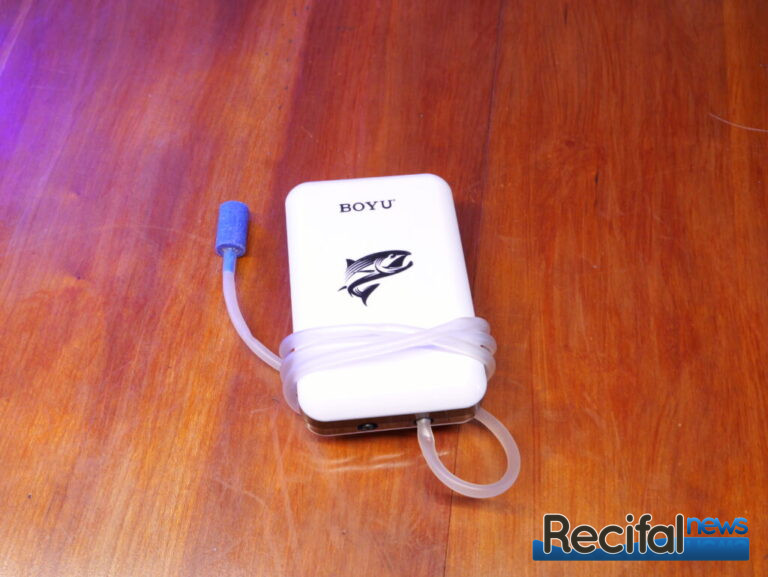
Having a spare heater can be useful even if the water thermal properties, heat produced by other hardware and the room temperature can be enough to keep the tank above 20-22°C.
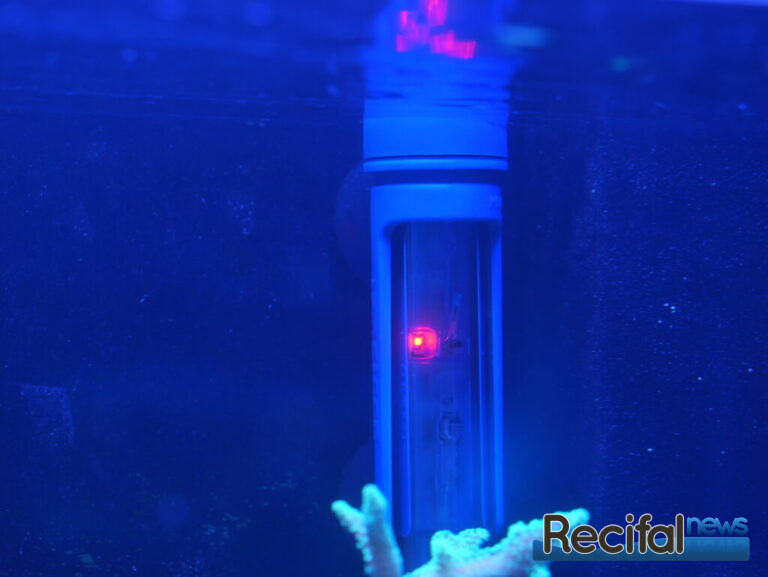
Finally, an internal filter or moving-bed reactor can help to use filter media/resins we spoke about before in this article. This filter/reactor forces the water to go through them, improving their effectiveness.
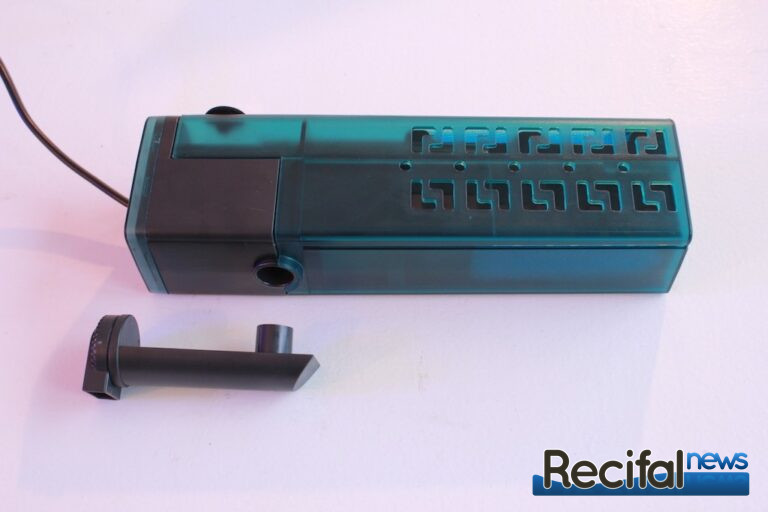
You are now ready to face any main emergencies you can have with a marine/reef tank. But don’t panic and don’t act in a hurry! Check instructions before using anything, and keep an eye on your fish, corals and invertebrates to see what is wrong and how they react to what you do to solve the problem.

